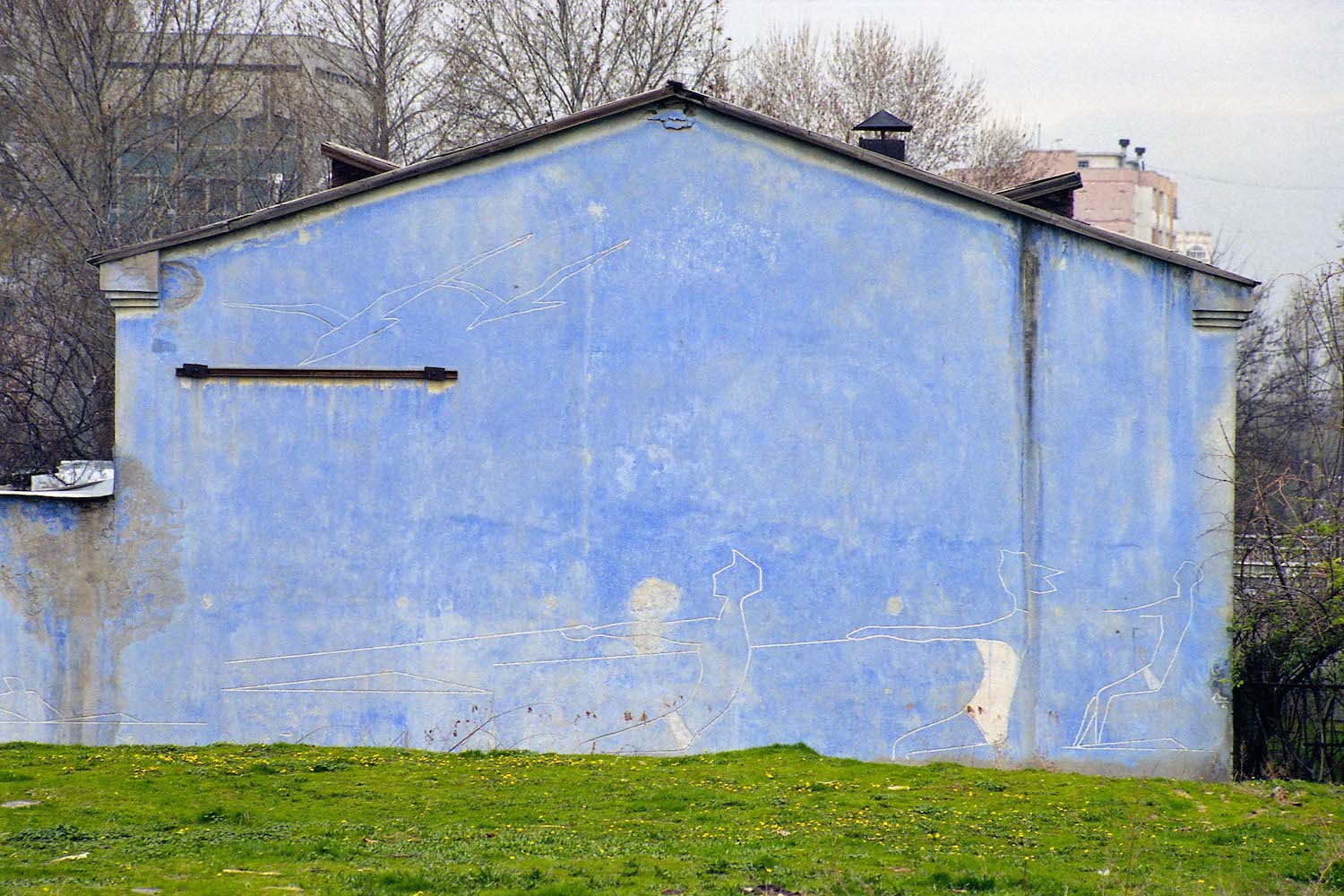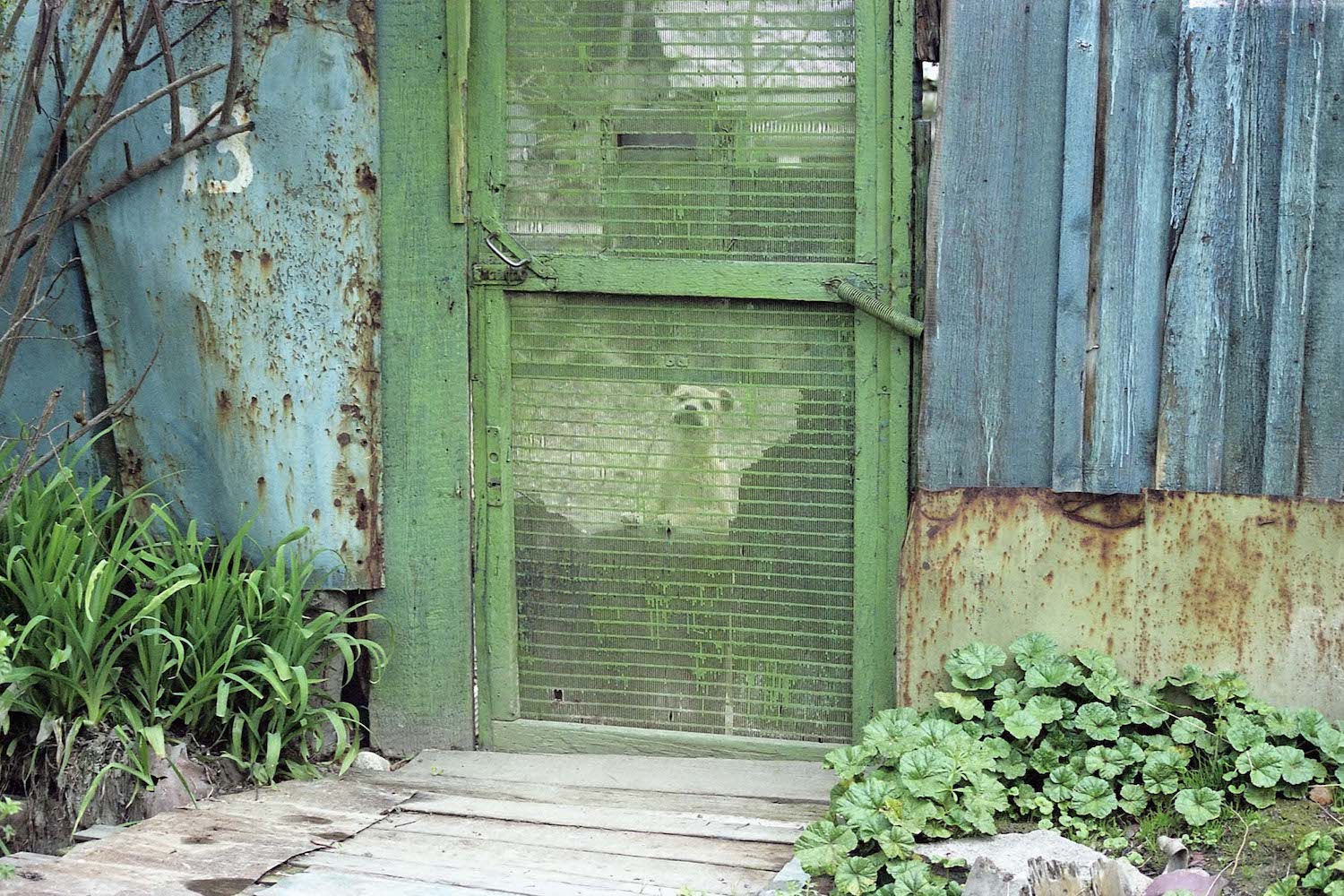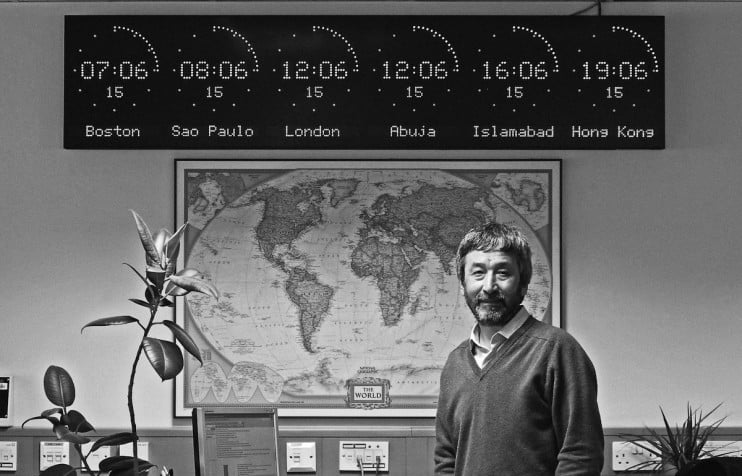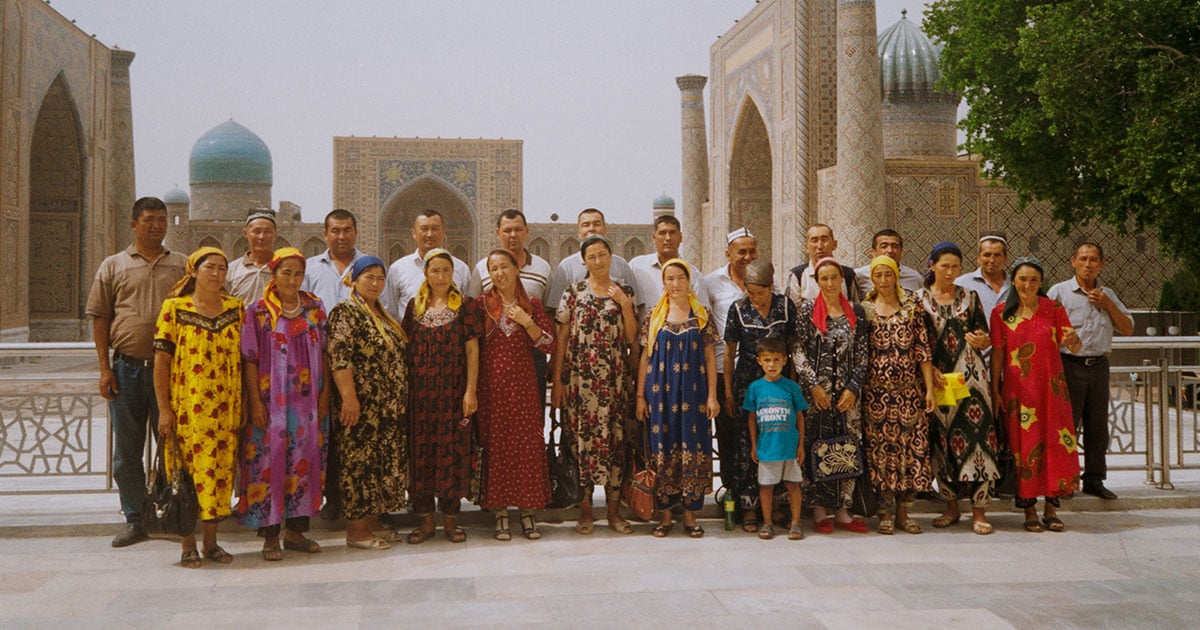Tashkent’s first documentary photo gallery is striking out into new and untested waters
Since the death of dictator Islam Karimov in 2016, Uzbekistan has been praised for its slow-paced — if encouraging — reforms. Now, a new gallery in Tashkent is braving this new territory to provide a platform for dialogue and art that is unafraid to confront reality
The photographs in Tashkent’s 139 gallery hang upon bare walls amid an austere, bunker-like interior. Nothing here resembles the polished serenity of Uzbekistan’s official, state-run galleries. The bright light that shines from the newly installed glass walls falls instead on an impoverished neighbourhood not far from Tashkent’s Parkent bazaar. The building itself is a former agricultural factory; rough floors and stained walls remind visitors of the space’s industrial past.
“You have the pure truth here,” says Timur Karpov, the founder and curator of the gallery, sitting on a tiny paint-stained stool. The documentary photography centre is due to open to the public in a few days’ time on 8 February, and not everything is ready yet. It has been a hard week for him.
Timur Karpov in 139 Gallery. Image: Danil Usmanov
Karpov, a documentary photographer and human rights activist, has always been part of Tashkent’s art scene. He is the son of filmmaker Oleg Karpov and photographer Umida Akhmedova, who was sentenced to three years in prison in 2010 for “slandering the Uzbek nation”. Her supposed crime hinged on her artistic projects documenting women and rural life in Uzbekistan. Though she was pardoned immediately after the verdict — an act of mercy to mark the country’s Independence Day — her work and trial heavily influenced Karpov’s approach to art and activism. It would not be hard to make a connection between the gallery’s name and the article of Uzbekistan’s penal code that defines slander — article 139 — although it is not something that Karpov himself has ever discussed.
Following the death of president Islam Karimov in 2016, Uzbekistan has liberalised some of its social, economic, and political life. Meaningful change, however, still needs time to take root. In a country where visual art is nascent and official censorship still exists, encouraging free expression is a crucial yet often risky task. The 139 Gallery, therefore, is a badly needed forerunner.
“My friends and I have always dreamt of a space where we would have a library of documentary arts, a place where we could freely create and showcase our work. I’ve always wanted to be in such a place, but I never thought that I would be the one to establish it,” says Karpov. “[But] in Uzbekistan, if you want to find a place that’s right for you, you have to make it yourself. Any businessman will confirm that.”
But Karpov’s vision is wider than the 139 Gallery. Apart from showcasing the work of local and foreign artists, the space will also provide a platform for discussions about art, social and cultural issues, and the changing reality of Uzbekistan. “Our goal is to build a space where everyone — artists, journalists, filmmakers, communities, and the government — everyone can work together on issues that concern us. It will be a place of dialogue. I have chosen art as a kind of mediator,” he says.
The Olmazor neighbourhood. Image: Alexey Volosevich
Karpov believes that out of all the visual arts, documentary photography is uniquely positioned to help Uzbek society start to discuss issues facing the country today, as well as to act as a stepping stone to open up new forms of art. “The moment you start doing something uncommon, there are always misunderstandings and criticism from society,” Karpov says. “But from my experience, when you show people documentary photography, very true photography, in which they see the reflection of their own lives, they understand. They see it as part of their being. This is what is so great about documentary photography.”
“When you show people documentary photography, very true photography, in which they see the reflection of their own lives, they understand. They see it as part of their being”
The gallery’s first exhibition seeks to begin this dialogue by reflecting on a cultural heritage the country may soon lose. The works of three well-known Tashkent photograhers: Yuriy Vedenin, Alexey Volosevich, and Vyacheslav Akhunov as well as Umida Akhmedova and Karpov himself, take a look back at life in the since destroyed Olmazor neighbourhood.
The Olmazor neighbourhood. Image: Yuriy Vedenin
Olmazor had been the largest remaining traditional neighbourhood — known as a makhalla — in Tashkent. Located in the city centre, its narrow streets, low-rise family homes and familiar street vendors provided a glimpse of Uzbekistan’s social and cultural, a frozen past in the changing world. But after coming to power in 2016, president Shavkat Mirziyoyev announced his plans to build the country anew. Olmazor mahalla was razed to the ground to make space for the grandiose Tashkent City project.
“Things are changing so fast that you don’t even have time to think, reflect on and feel what we’re losing.”
“I wanted to open the gallery with something valuable, something that we all care about. The demolitions tell us a lot about corruption, human rights, social issues, and our vanishing cultural heritage,” Karpov says. “Things are changing so fast that you don’t even have time to think, reflect on and feel what we’re losing. The process is unstoppable. But this is us. You can take a person from their community, and put them in an apartment block instead, but can’t change the people themselves.”
With the gallery opening soon, funded by Karpov himself and private donors, Tashkent will soon have a place where artists, journalists, activists and local communities will be able to reflect on the past and think about the future. “People in our country can’t keep silent; they can’t be afraid anymore. With the gallery I want to ask them to stop being afraid and start talking,” Karpov says. “I’m not calling for action, I’m calling for dialogue through arts.”




